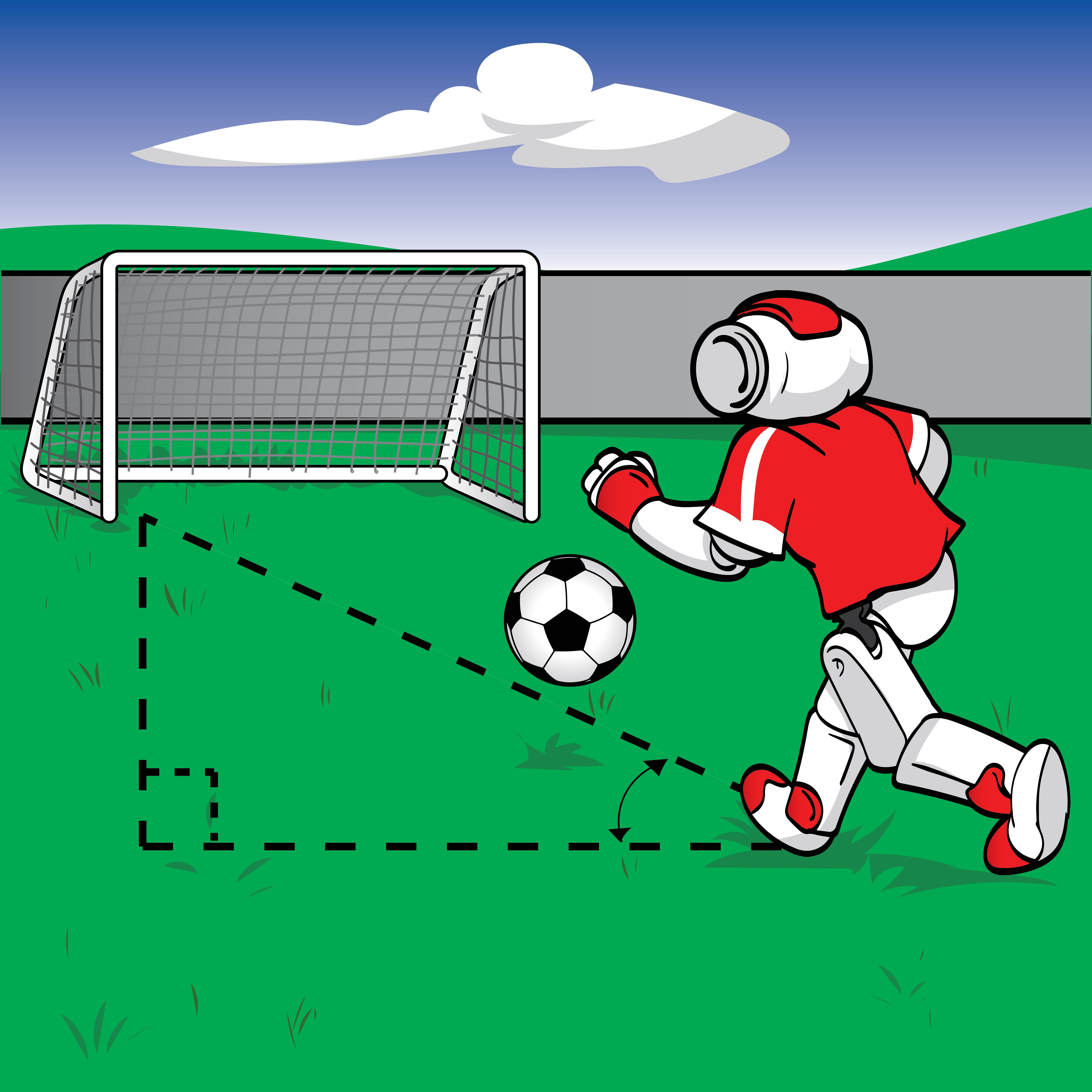 Photo by Annie Spratt on Unsplash
Photo by Annie Spratt on Unsplash
The massive shift to virtual learning has surely changed the way educators teach, but also the way students interact in the classroom. After going through several approaches to keep your class engaged, from gamification to flipped learning, let’s take a look at the best practices and tips to get the most out of breakout rooms in remote learning.
What is a breakout room?
Breakout rooms represent a resourceful feature that is often overlooked. Did you know you can break your virtual classroom meeting into smaller separate meetings?
This is not only a great way to fight off turned-off screens and muted microphones. Breakout rooms will help you foster peer-to-peer collaboration and productivity, and most importantly, give your students an active role in their learning. When you think about it, breakout rooms enable you to create smaller groups just like you would do in your physical classroom for whatever purpose: from discussions to station teaching, from group projects to debates. Breakout rooms are also great to deliver personalised learning outcomes, having multiple teachers managing different groups in different ways according to distinct needs.
The most important thing to keep in mind is that breakout rooms serve as a space that can give your students voice and freedom to choose, even in a virtual scenario, which might look a little detached at first. Thus, a good rule number one would be turning the camera on and unmuting the microphones.
While breakout rooms are a great choice for remote learning activities, they can also be implemented in hybrid classrooms to get all the students equally involved.
How to make breakout rooms work for group activities
Consider creating several small groups with a definite number of students per each, and let your class pick which one to join. You can even assign them manually, and shuffle them when the time is right. Even though it may not be easy having all the small groups working well together, you can consider picking ice-breaking team building activities ahead of each group meeting: students will get comfortable with each other and this will not only help them work better together, it will also nurture their social and communication skills.
On the practical side of things, it is very important to pick specific individual tasks for every breakout room and set a reasonable time limit for each activity. This will help you make sure peers spend their time working together to reach a goal, while also having to be synthetic and effective. On the other hand, you would want your students to understand they shouldn’t simply focus on getting the activity done: breakout rooms should encourage them to listen and speak while being an active part of meaningful discussions.
Finally, take into account implementing team roles for the learners of every group to promote a sense of ownership of their learning activity. You could begin by assigning the team leader role, who will keep the group on track and engage his/her peers. Secondly, you may consider the timekeeper, note-taker, presenter, and more. By doing so, at first, you will be able to play along with students’ personalities or even help them out of the comfort zone by assigning creative roles.
Discover more Educational resources with RobotLAB!



